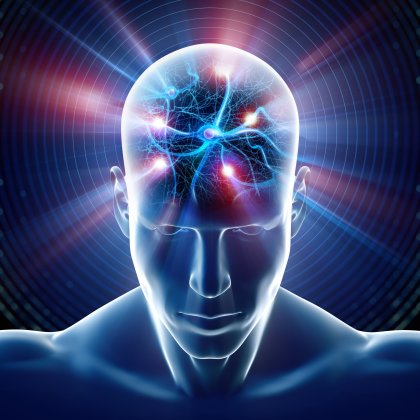
Unusually weak neural responses (yellow spot) in the anterior cingulate cortex: autistic people find it hard to imagine themselves in somebody else’s position. Credit: Joshua Balsters / ETH Zurich
Brain researchers at ETH Zurich and other universities have shown for the first time that a region of the brain associated with empathy only activates very weakly in autistic people. This knowledge could help to develop new therapies for those affected by autism. Professor Nicole Wenderoth and her senior scientist Joshua Balsters have used fMRI from autistic adolescents to discover unusual activity in a particular region of the brain, the anterior cingulate cortex (ACC).
The researchers were aware that activity in this part of the brain is coupled with the “theory of mind”, which makes it possi...
Read More







Recent Comments